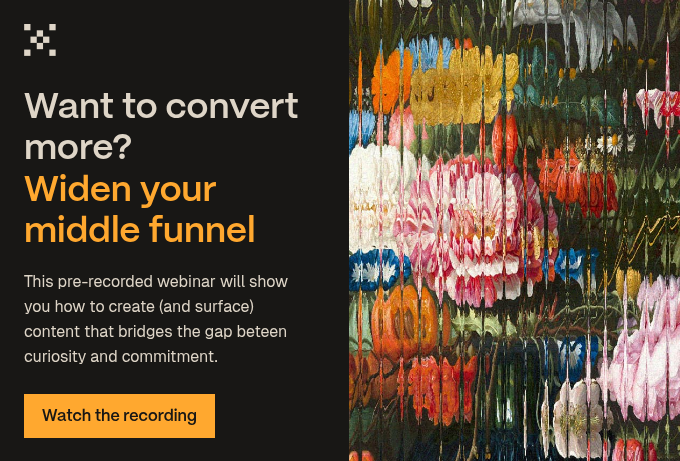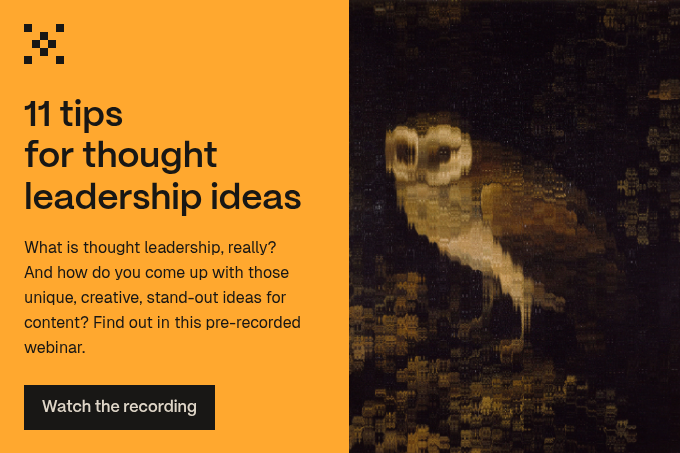Here are some tips, from my long-ago experience as a journalist, about ways to get more coverage and get the most from any investment you are making in PR.
Resources
Have lots of pictures available – preferably taken by professionals and in high resolution, ready to be downloaded from your website. Photographers are expensive, so magazines will tend use them for key stories. If they can get free photography, there’s a good chance you’ll get more page space devoted to your story. Try Perfocal to get some professional photos taken without all the usual fuss.
The benefits:
Press coverage can make you look more impressive and credible, which is particularly good for smaller companies looking to make a name for themselves.
Press kits, backgrounders and case studies
Similarly, some companies have pre-written case studies or story ideas available, as well as detailed company backgrounds and so on. These are usually assembled into a printed press pack, but many prefer to download this information from the Internet. The best thing is to give people the option.
The benefits:
Increased visibility to customers, investors, suppliers and partners is never a bad thing, and if you’re making it as easy as possible for journalists to get to know you, visibility will increase.
Easy interviews
Be very available and responsive to interview requests, and make sure you offer journalists the opportunity to interview people. It doesn’t always have to be the boss; I once did an interview with Tom Peter’s personal assistant for a travel article. Have a roster of people with interesting things to say and learn to give good press interviews.
The benefits:
It can generate surprising connections and introductions. Even a small circulation magazine with 50,000 readers will reach more people than you are likely to meet in a year. Even if it’s not the head honcho speaking, your name will get out there.
Avoid spokesbots
Be aware that formal 'media training' is a double-edged sword. Most journalists would rather cut off their own fingers than interview a wily, 'media trained' spokesrobot. On the other hand, it can give a good potential interviewee the confidence to do good interviews. It depends on what you want the media training to do - enable people to speak well on behalf of your company or have interviewees that are walking press releases.
The benefits:
For individuals, it’s a chance to raise their profile and career prospects. Employee development should always be a priority – it’ll help to improve retention and the recruitment process. Employees that feel as if they are engaged and invested in at work are 59 percent less likely to leave.
Customise the information
If you can give some thought to how you can give each magazine or paper a different story – or a story that is more closely targeted to their audience, you’re more likely to get better coverage than if you have a ‘one-size fits all’ interview and press pack. As a journalist there’s nothing more dispiriting than interviewing someone and realising that they’re going to say the same thing to you that they said in every other interview they have ever given, regardless of the questions you ask.
The benefits
It’s free advertising. A company profile in a major magazine would cost thousands if you had to buy it as ad space, so it’s well worth investing some time and effort in tailoring the information to each publication.
Listen
You’re trying to sell your story to them and the best way to sell anything is to shut up and listen occasionally. What story are they after? How can you help them?
The benefits:
Learn what specific publications are looking for, and you’ll be able to provide them with that aforementioned tailored information. It’s a two-way street – you’ve got to give them something that they can use.
Branding
Sometimes it makes sense to co-ordinate PR activity with marketing activity like adverts (although be wary of trying to ‘buy’ coverage or being asked to do so). If you try to link all your PR, marketing and sales with a unifying brand and a consistent tone of voice, it will help.
The benefits:
Consistency in branding allows you and your employees to interview as effectively as possible. There’s a general tone you’re following and points you’d like to make, but a clear brand strategy means that interviewees are more flexible to talk like humans and give real responses to publications.
Become an authority
If you can become a spokesperson on an industry or a particular issue, you will be able to get more attention for your company. Becoming the chair of an industry body or speaking at conferences is a good way to do this. Most journalists have enormous lists of contacts so that they know who to talk to about certain things. Even if you don’t get coverage immediately, you may get a call out of the blue asking for a comment on a particular issue that you know about – but only if you’re on people’s lists!
The benefits:
Making a name for yourself as an authority means that you’re more likely to be seen as a go-to source for quality information about your chosen area of expertise. The more your voice is out there, the more connections you’ll make and leads you’ll nurture.
Press coverage is common sense
A fair proportion of these tips are common sense, but as Voltaire famously said,
‘Common sense is not that common.’
It helps to get a refresher on what you should be doing and why – it’ll boost your motivation and ensure you’ve got the basics covered. Print this out and pin it above your desk, and you’ll be getting more quality press coverage and less frustrating miscommunication.





.jpg?width=400&height=250&name=art-institute-of-chicago-wasoFWW8G1c-unsplash%20(1).jpg)
